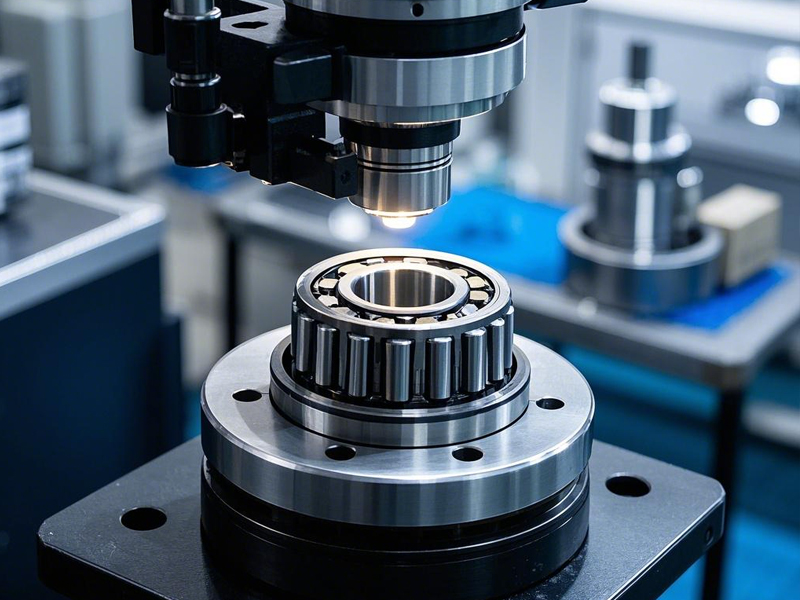|
Bearing Failure Analysis
Bearing failure analysis is a complex but important task. Bearing failure analysis testing is a key part of determining the cause of bearing failure, aiming to determine the reason why the bearing loses its intended function. Failure forms include fatigue wear, abrasion, plastic deformation, corrosion, fracture, etc. The use of physical and chemical performance testing of chemical composition analysis, metallographic analysis, hardness testing, etc., to determine whether the material composition is correct, whether there are harmful elements exceeding the standard, etc., such as the material in the carbon, chromium, molybdenum, and other elements of the inappropriate content, which may affect the bearing strength and wear resistance. By sampling, setting, grinding, polishing and corrosion of the bearing material, observe the metallographic organisation of the material under the metallographic microscope, such as grain size, phase composition and organisational uniformity. Evaluate whether the heat treatment status of the material is good, determine whether there is overheating, overcooking, decarburisation and other defects, the metallographic organisation is unreasonable may lead to a decline in the performance of the bearing. According to the specific working conditions, select the appropriate type and specification of bearings. During the installation process, operate in strict accordance with the installation instructions to ensure the accuracy of bearing installation and avoid stress concentration and poor fit caused by improper installation. Establish a regular bearing monitoring system to detect early signs of bearing failure in a timely manner by means of vibration monitoring, temperature monitoring and oil analysis. Carry out regular inspection and maintenance of the bearings, clean the dirt and impurities on the bearing surface in time, and tighten the loose parts. |


